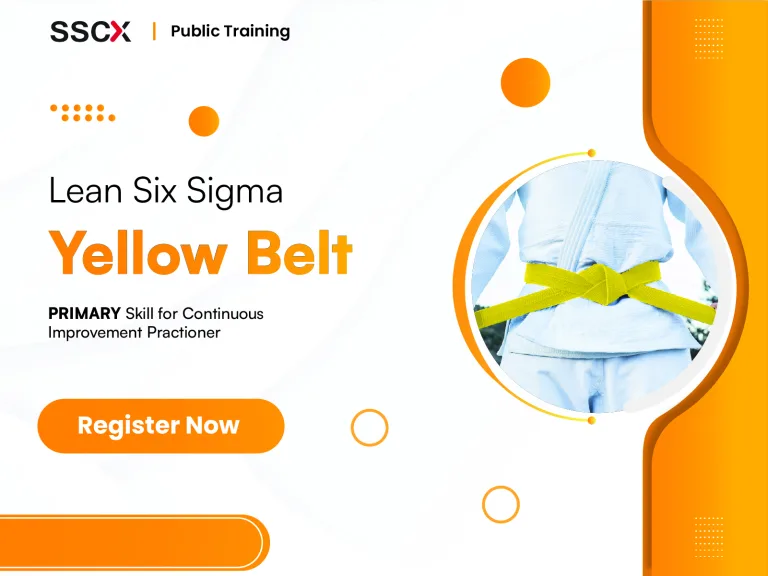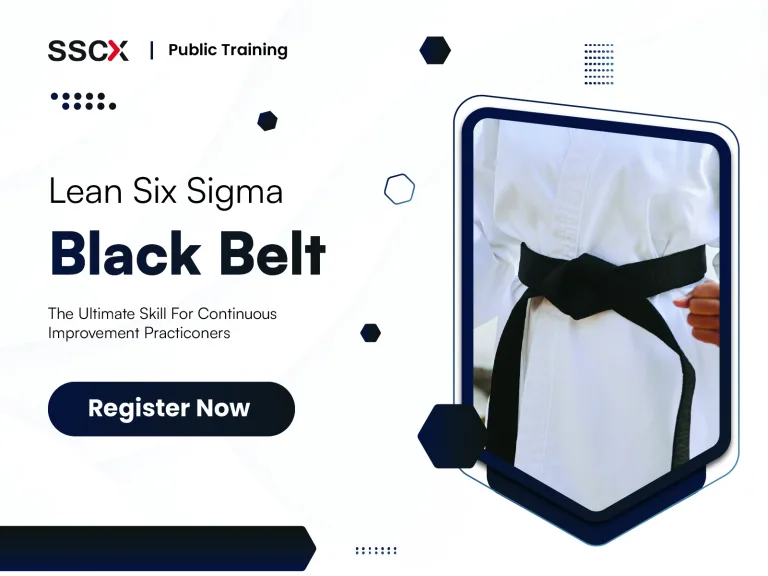Lean Six Sigma Black Belt
Objectives
How to manage a successful Lean Six Sigma deployment at the Black Belt level.
How to handle and communicate effectively with key stakeholders.
Provide a roadmap, tools, and methodology for Lean Six Sigma using the well-known DMAIC cycle.
Gain a deep understanding of key project execution through simulations, workshops, case studies, and project sharing.
Develop essential Black Belt skill sets: leading and executing problem-solving projects, training and coaching, and group facilitation.
Become a data- and fact-based problem solver and decision-maker in any situation.
Key Contents
- The Lean Six Sigma philosophy, strategy, and approach to continuous improvement at a higher level of management.
- Advanced Lean Six Sigma tools, including advanced design of experiments, analysis of non-normal data, multiple regression, advanced control charts, cell design, level loading, Design for Six Sigma (DFSS), A3 documentation, response surface methodology, inventory management, and many others.
- How to use project plans, work breakdown structures, project reviews, and issues lists to manage projects effectively.
- How to manage Lean Six Sigma projects across multiple departments.
Who Should Attend
Change agents and anyone in the organization who is assigned as a Black Belt candidate to lead, execute, and manage major improvement projects, and to develop future change agents within the organization.




